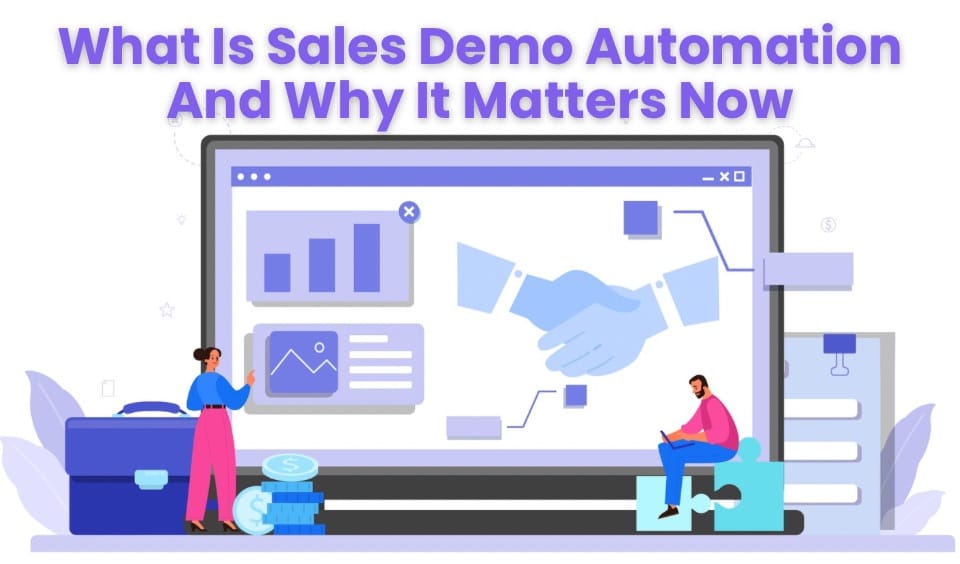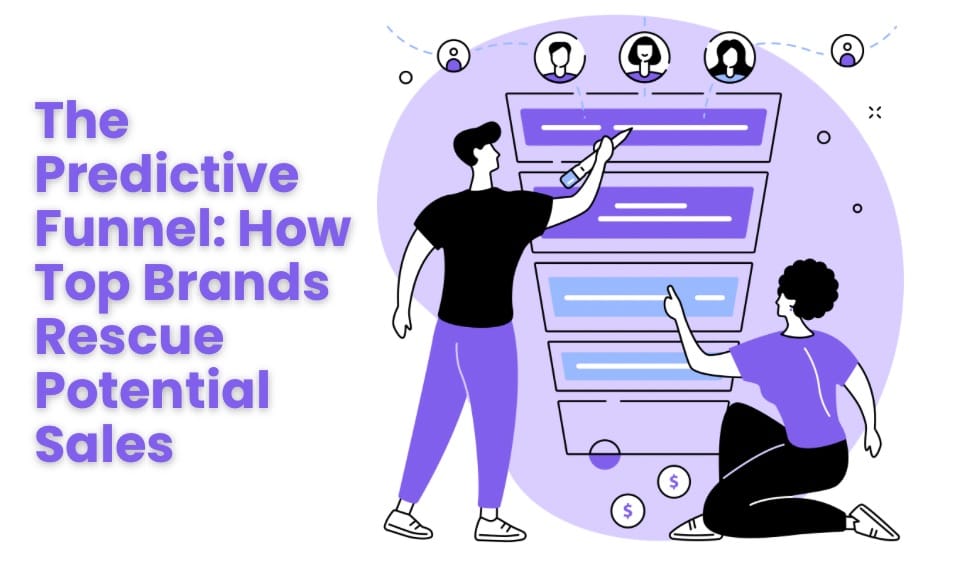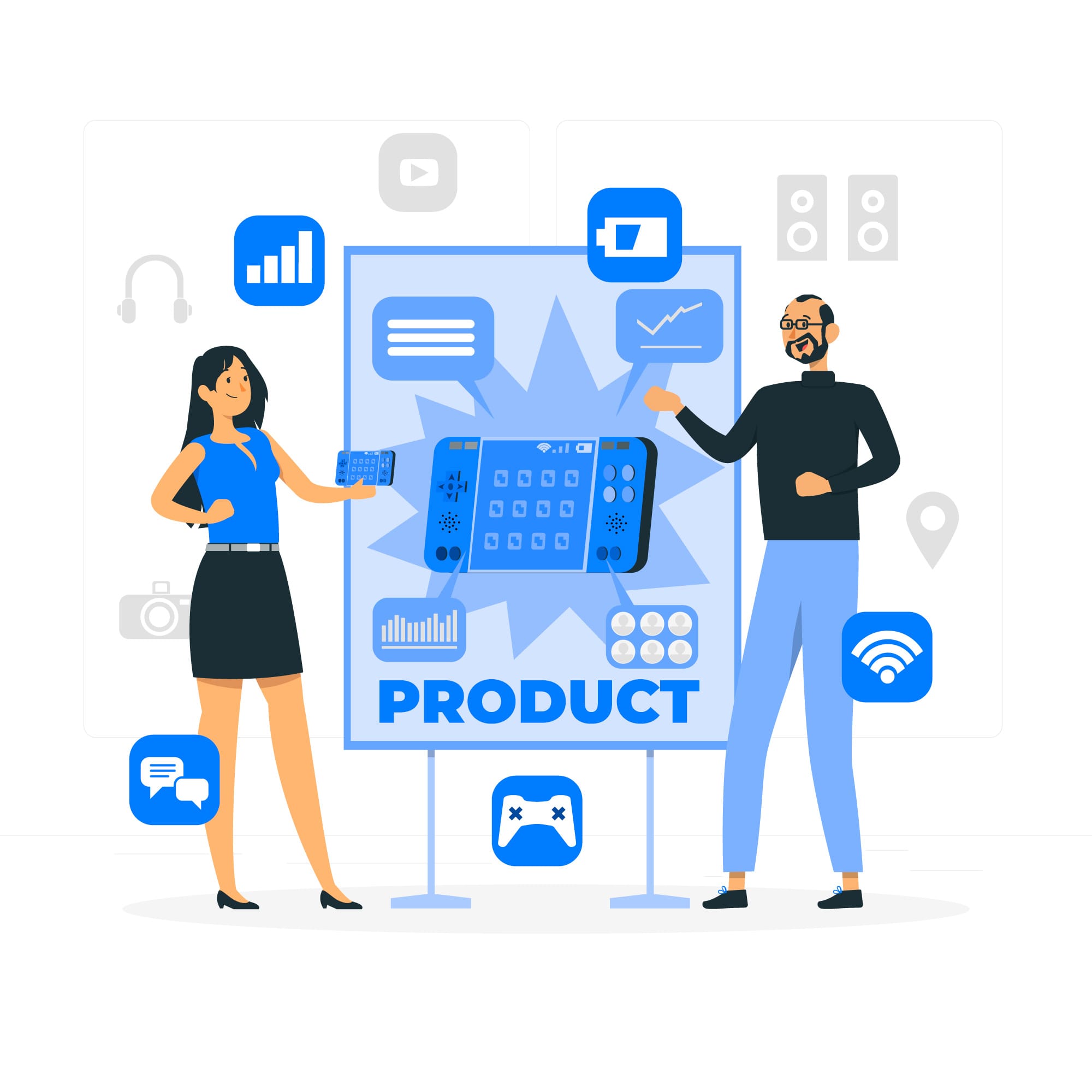
Imagine signing up for a tool that instantly solves your problem—no pushy sales calls or extended demos. You explore it on your own, see results in minutes, and before you know it, you’re upgrading because it works and it’s a good fit for your needs.
This strategy flips the traditional playbook for growth-minded founders, SaaS companies, or product managers.
Instead of chasing leads with ads and cold emails, your product becomes the engine for user acquisition, conversion, and retention. It’s not about convincing users why they need your solution—it’s about letting them feel it firsthand.
In a world where potential users are overwhelmed with choices and burned out by sales tactics, this approach builds trust and delivers value upfront, ultimately driving sustainable growth.
Product-led marketing doesn’t just change how you sell—it changes who you attract, how fast you grow, and how sticky your user base becomes.
Ready to make your product your strongest marketing channel? Let’s dive in!
Why Letting Your Product Take the Lead Is the Smartest Growth Move?
Picture this: A team signs up for your tool during a lunch break, finds value within minutes, and shares it across departments—no cold calls, no hard sells. That’s product-led marketing in action.
Instead of chasing customers, you let them discover the product’s value on their terms. It’s less about campaigns and more about real-time product experiences that drive conversions, loyalty, and referrals.
This isn’t just lean marketing—it’s efficient growth. You cut the fluff, reduce dependency on sales-heavy funnels, and let your product do what it was built for: solve problems. This strategy, especially in tight markets, keeps you agile and scalable without ballooning costs.
Overall, if you’re building a solution users can’t stop using, let it speak for itself. That’s not just smart—it’s sustainable.
Why Product-Led Marketing Works (Like Magic)?
Letting the product speak for itself creates clarity and trust. Here’s what makes product-led marketing so effective:
Deeper understanding through behavior: By watching how users engage, you uncover what truly matters—no guesswork needed.
Better alignment across teams: When marketing and product share the same lens, strategies become sharper and more customer-focused.
Smarter use of time and budget: Resources go where they create impact—guided by data, not assumptions.
Customer feedback, baked in: In-app journeys offer constant signals—fuel for continuous improvement and credibility.
Conversion that feels organic: When users find real value early, upgrades feel like the next step—not a hard decision.
6 Steps to Build a Product-Led Marketing Strategy That Drives Real Results
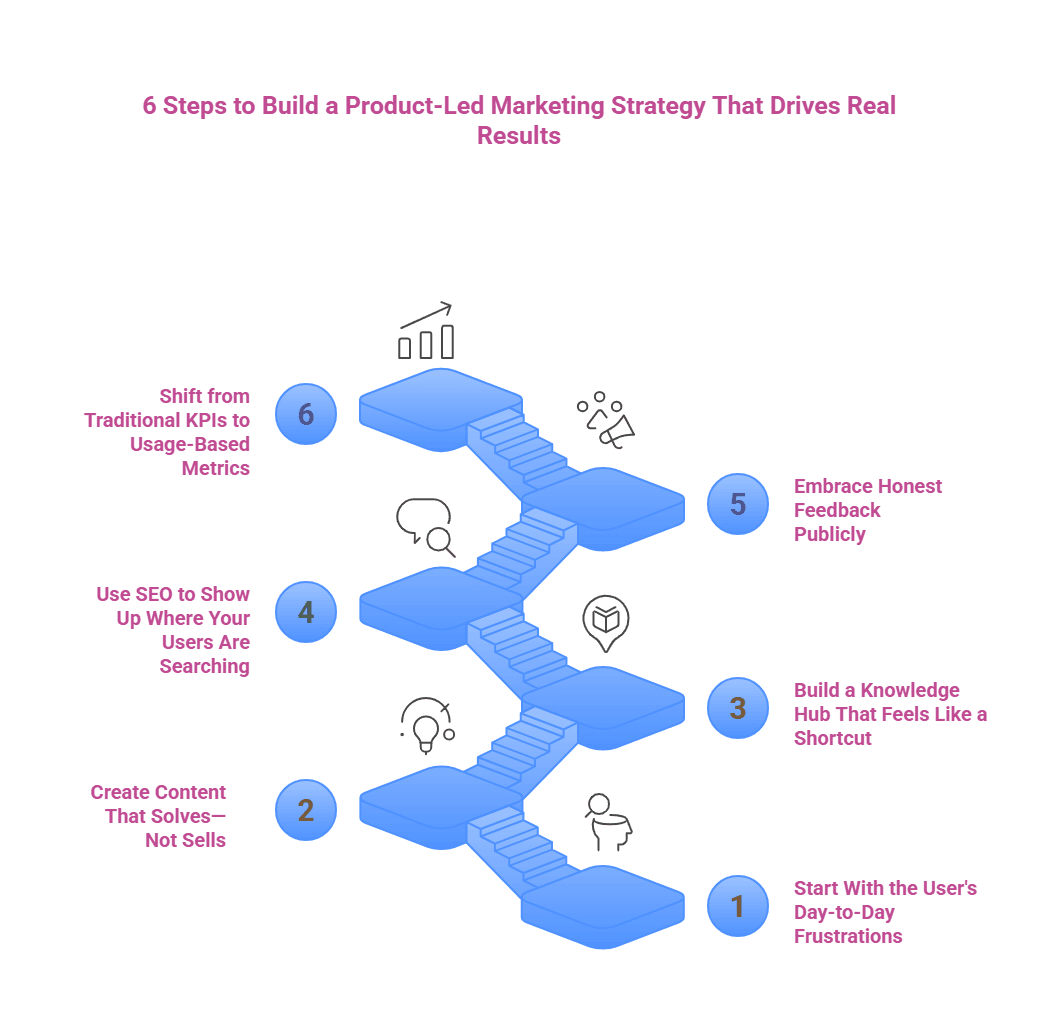
A great product-led product marketing approach helps people solve real problems—and your product becomes the obvious solution. But are you wondering what you need to do for successful product launches to get there? Let's check the steps below to make that happen.
1. Start With the User's Day-to-Day Frustrations
Before writing copy or campaigns, zoom in on what your users are actually dealing with. What slows them down? What do they complain about at work?
Use support chats, churn reasons, interviews, and in-app behavior to uncover specific pain points.
Then craft simple, focused user stories like:
“As a recruiter, I want faster screening tools, so I don’t lose top candidates.”
“As a founder, I need one dashboard to track my team’s progress.”
Build everything from there.
2. Create Content That Solves—Not Sells
Don’t write about features. Write about fixes.
Every blog, guide, or video should help your audience solve a problem they already have. Your product is the tool that gets them there faster or easier.
Examples:
“How to Cut Your Onboarding Time in Half Using [Your Product]”
“What to Do When Your CRM Becomes a Mess (Hint: This Will Clean It Up in Minutes)”
You’re not pushing product—you’re guiding users to wins.
3. Build a Knowledge Hub That Feels Like a Shortcut
Your help center should answer more than “How does this work?” It should also answer “How do I win with this?”
Organize your content around goals, not features. Add real-world use cases, beginner tips, and context for who the guide is for.
Go deeper with mini-courses, templates, or playbooks that show your product in action. When users feel supported, they’re more likely to succeed—and stay.
4. Use SEO to Show Up Where Your Users Are Searching
People are Googling their pain points. You should be there with answers.
Figure out what your ideal user is typing in—“how to reduce churn” or “tools for remote team tracking”—and build content that speaks directly to that.
Bonus: If your help docs, product guides, and blog posts are SEO-optimized, they’ll do double duty—educating your users and attracting new ones.
5. Embrace Honest Feedback Publicly
Reviews are one of your most potent trust-builders.
Highlight honest feedback—especially the kind that shows a journey: “At first, it was confusing, but their sales team helped us set it up, and now it’s saving hours every week.”
That kind of review is more than a polished testimonial—it shows that you care, respond, and deliver.
6. Shift from Traditional KPIs to Usage-Based Metrics
Product-led marketing only works if your success metrics and growth metrics match the strategy.
Move away from lead volume and vanity clicks. Instead, track:
Time to the first “aha” moment
Feature adoption
Activation rate
Referral or recommendation rate
When users get value fast, engage consistently, and tell others about your product, your product is doing the marketing for you.
How to Build a Marketing Team That Thinks Like a Product Manager: Pro Tips
A product-led marketing team isn’t built with just marketers—it’s built with problem-solvers. People who ask, “What will make the user stick around?” not just, “How do we get clicks?”
Here’s what matters:
Tear down silos: Your marketing and product teams should be swapping Slack messages daily—not monthly. Besides, the product team must be a part of the business throughout.
Hire for curiosity: Look for people who are obsessed with how users interact with your product, not just with MQLs. An excellent product team is aware of what the customer wants and has complete knowledge of how the product can be of help to them.
Use the product as your best lead magnet: Instead of chasing leads, ask how you can get users to experience the product early, and keep them coming back because it delivers real value.
Treat feature launches like campaigns: Every new update is a growth opportunity—highlight it like you’re launching a new product.
Bottom line? In a product-led team, everyone’s job is growth, and your product is the engine.
How Product-Led Content Fuels Customer Engagement and Growth?
Product-led content isn’t about flooding blogs with keywords or gated PDFs. It’s about showing the product at work—in real use cases, workflows, and user outcomes, incorporating best practices throughout the process, including sharing successes on social media. as social proof.
Here’s what works:
Create “aha” content—tutorials, walkthroughs, or breakdowns that help users connect the dots and discover value quickly.
Make your product the hero, not the add-on. Don’t tack your tool onto the bottom of an article. Show how it solves the pain, step by step.
Use your data. Real usage insights can fuel better content than any SEO playbook for search engines. Find what users do most—and create around it.
Think like a user, write like a guide. You’re not just explaining a feature—you’re solving a problem before the user logs in.
The goal? Don’t sell your product—teach with it. When your content helps people move forward, your product becomes part of their solution.
Make Your Product the Star with SmartCue
Product-led marketing only works if users can see the value of the product—fast. That’s where SmartCue shines. It helps you build interactive, no-code demos that let prospects explore your product on their own terms—from your blog, website, or email. No friction. No forms. Just instant value.
With SmartCue, you don’t have to ask them to. Add quick, interactive walkthroughs wherever users are already looking for solutions—like blog posts, help docs, or landing pages.
Here's how you can make interactive walkthroughs with SmartCue:
Step 1: Install the SmartCue Chrome extension and log in to SmartCue.
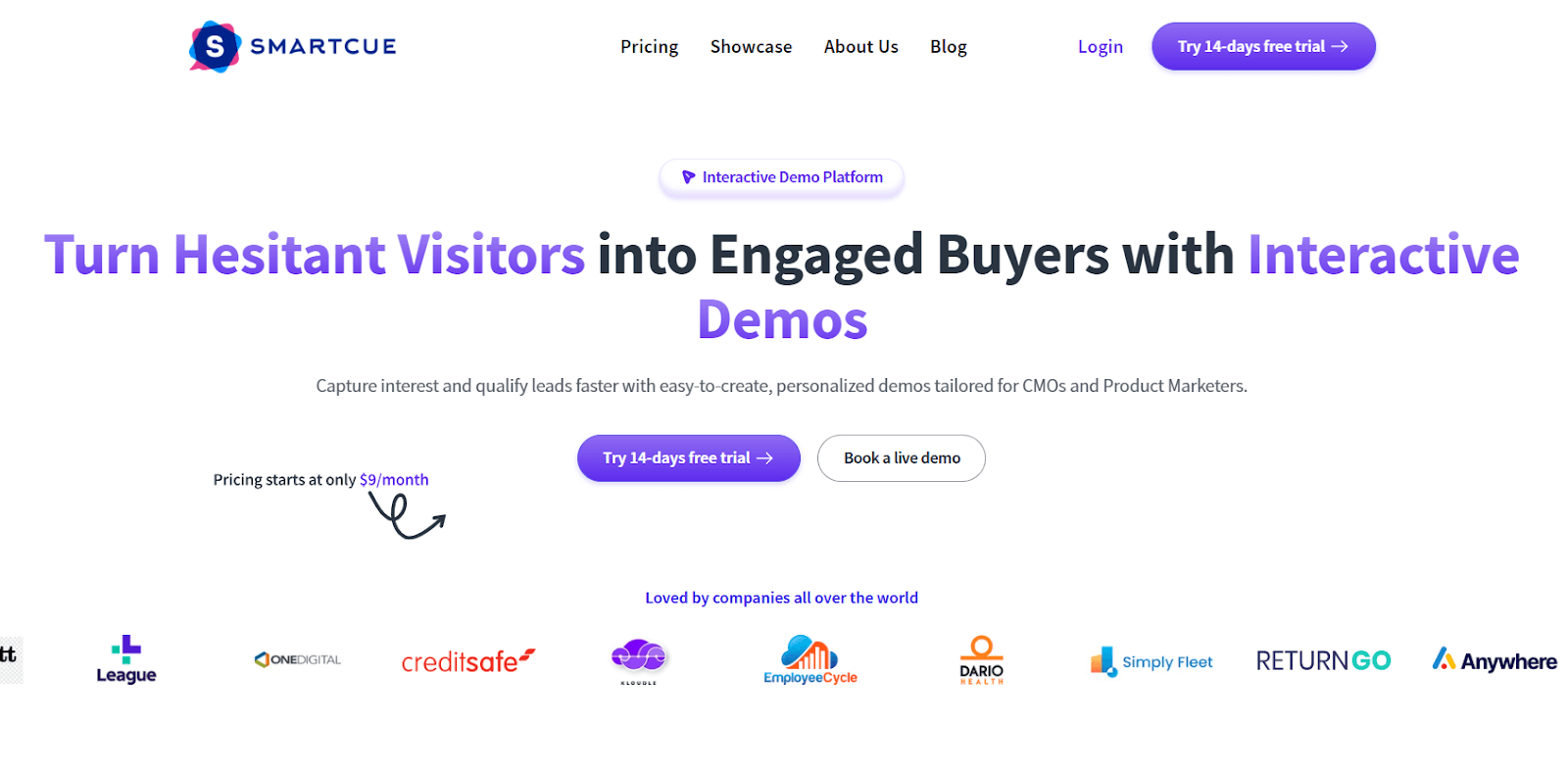
Step 2: Create a new Showcase.
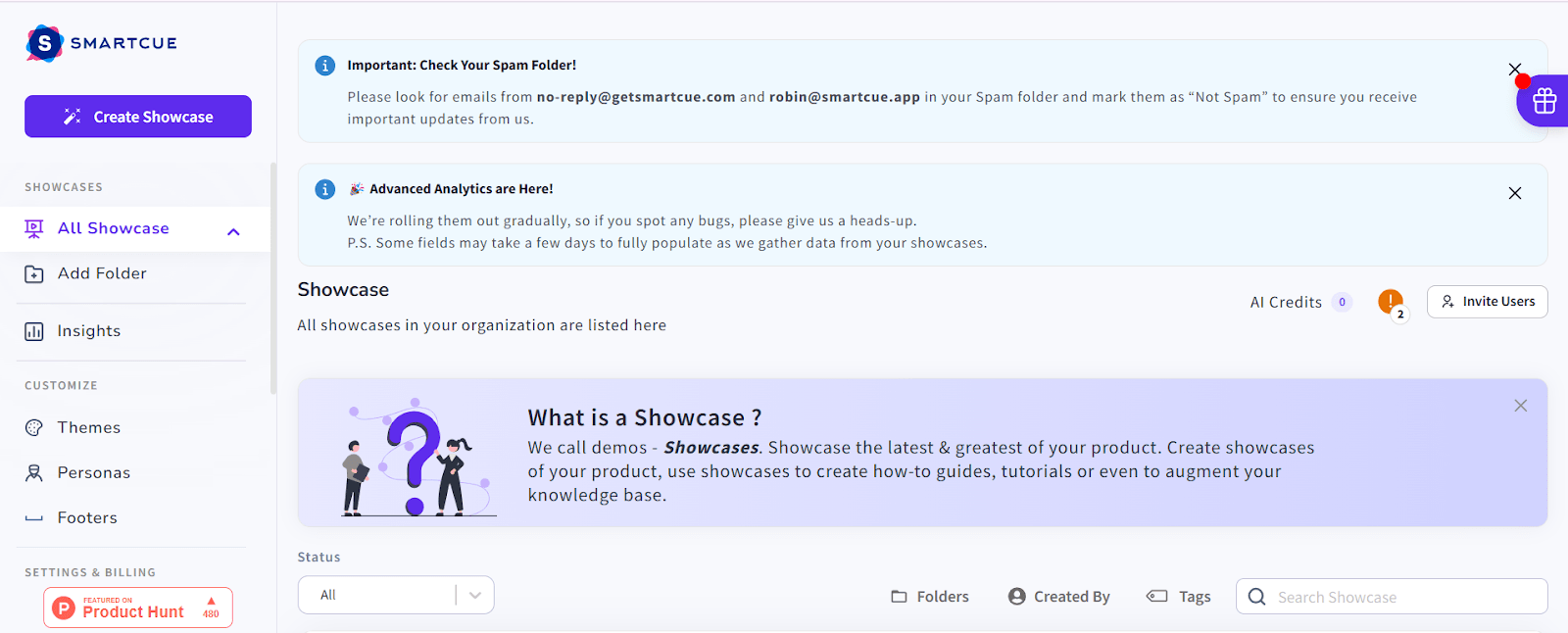
Step 3: On the dashboard, click on 'Capture New' to start the screen recording.
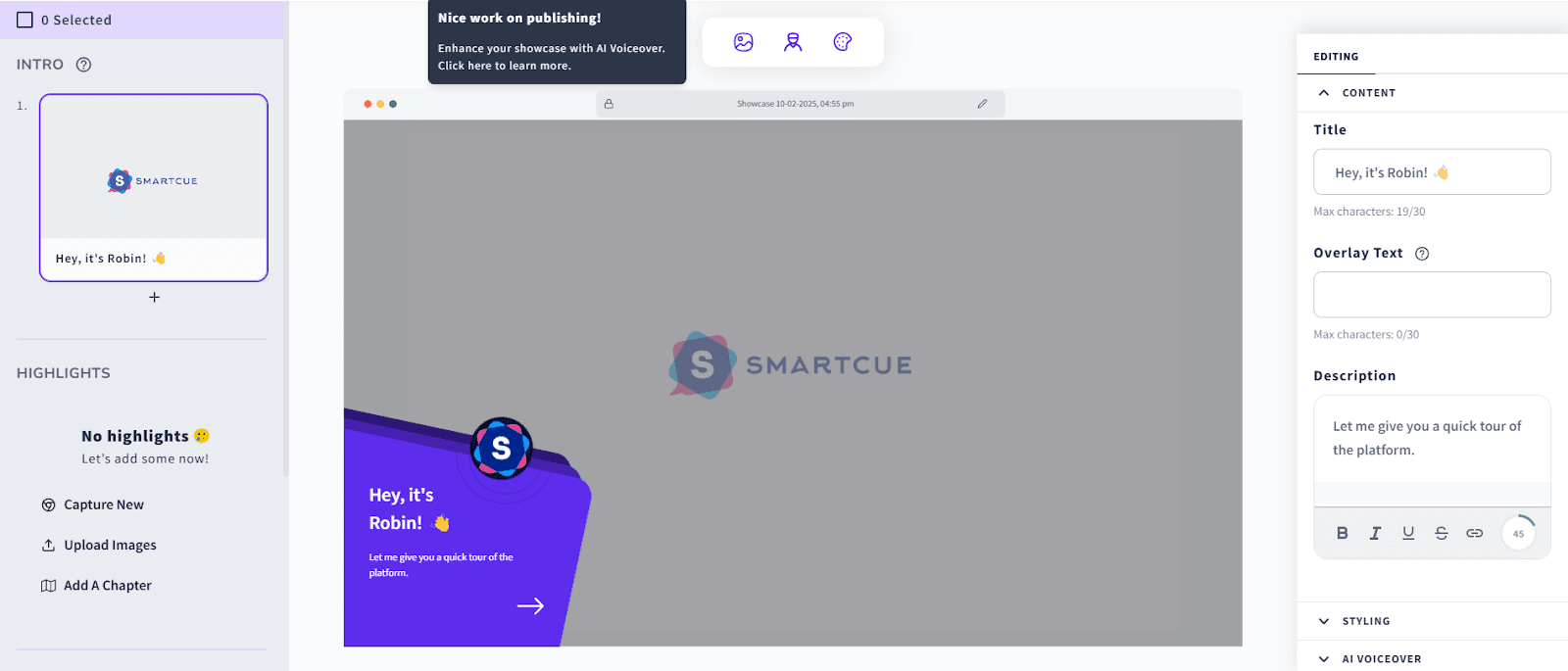
Step 4: Once you're done with all the steps, including recording, publish your showcase.
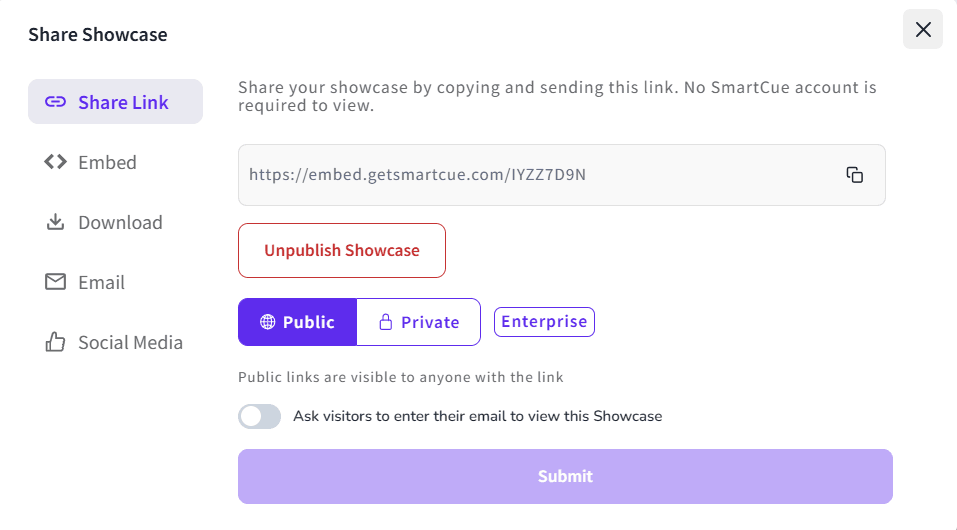
Pro Tip: As you click on each step, the tool will record it as a different step.
Show how your product solves their exact problem, track what clicks, and skip the pitch. SmartCue turns passive interest into real action if you're serious about product-led marketing. Take the 14-day free trial now!
The Future of Product-Led Marketing
Let’s be honest—buyers today don’t want to be “sold to.” They want to try, test, and trust before they commit. That’s precisely where product-led marketing wins.
We’ve seen companies like Slack and Dropbox grow not because of aggressive outreach but because their products delivered immediate value and real value upfront—no fluff, no pressure—just hands-on experience that built user confidence and loyalty.
As more SaaS businesses realize customers prefer exploring over enduring demos, product-led marketing is no longer just a trend—it’s becoming the standard. And it’s not just about growth; it’s about smarter growth—where acquisition is cheaper, onboarding is faster, and users want to stick around.
The future? It's user-driven, frictionless, and product-first. If your product solves a real problem, let it lead the way. Because when the product is the hero, marketing doesn’t feel like marketing—it feels like progress.
Frequently Asked Questions
How Does Product-Led Marketing Differ from Traditional Marketing?
In contrast to traditional marketing that focuses on selling through ad campaigns, lengthy sales processes, or pitches, product-led marketing puts the product at center stage, empowering potential customers and users to try the product firsthand. Users get to experience its value before deciding to purchase, which greatly enhances the overall customer experience. This user-centric approach fosters trust and drives conversions.
What Are the First Steps in Transitioning to a Product-Led Approach?
The transition begins by understanding user needs and aligning your strategy around the product and user experience. You should incorporate strategies like identifying the 'Aha! Moment', optimizing your onboarding process for new users, and leveraging actionable data insights to shape your company's product-led journey.
How Do You Measure the Success of a Product-Led Strategy?
Success in a product-led strategy is gauged by user engagement, conversion rates from free to paid users, the massive pool of free users, customer lifetime value, net revenue churn, daily active users, and the number of users who see the product value proposition offered to users, focusing on qualified leads. Above all, when users engage in word of mouth and recommend your product voluntarily, it's a surefire indicator of a successful product-led strategy.
What Are Common Mistakes in Implementing Product-Led Marketing?
Common mistakes include not fully understanding user needs, neglecting the importance of an easy-to-use product, overlooking the significance of prompt user support, and insufficiently utilizing data analytics. Avoiding these pitfalls can help businesses successfully execute their product-led marketing strategy.
